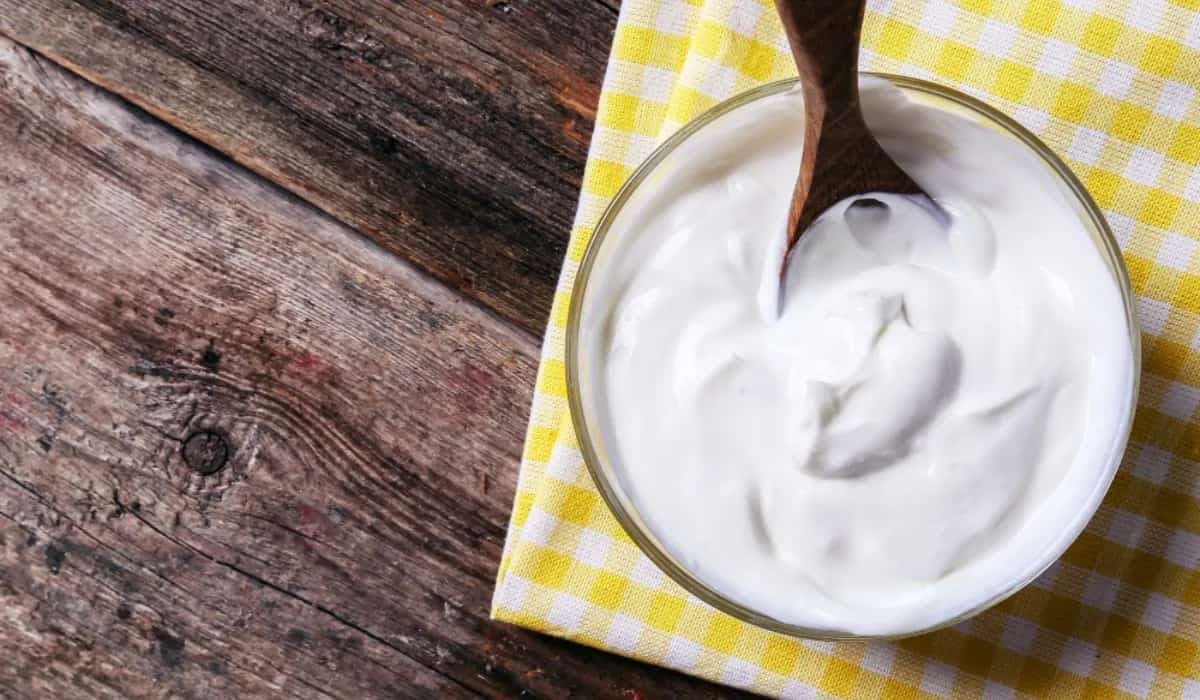When visiting a grocery store, people often get confused with the shelves stacked with different types of yoghurts. The most common types of yoghurts found in stores are Greek yoghurt and regular yoghurt. Although they may look the same, they are different in taste and composition.
Greek yoghurt and regular yoghurt are both fermented dairy products and offer excellent health benefits. The fermentation of yoghurt exudes a thick and creamy texture and enhances its nutritional profile. People often include yoghurt in their meals, and it helps in keeping the stomach full for longer times. Yoghurt as well as Greek yoghurt can be enjoyed as its own or as a base for several culinary creations like smoothies, parfaits, savoury sauces, and dips.
There are major differences between Greek yoghurt and regular yogurt. Take a look at them:
Straining Process
Regular yoghurt is prepared by an easy method and is included in everyday meals. Homemade yoghurt or curd has more water content and is strained once or twice. It allows to retain more whey, the liquid portion of the milk, and maintain a comparatively thinner consistency.

Greek yoghurt on the other hand is a concentrated or strained yoghurt that undergoes the process of repeated straining. The process removes much of the whey, and results in a thicker and creamier texture. The whey removal also results in a higher concentration of protein in Greek yoghurt. The thicker and creamier consistency makes it not only delicious but also keeps oneself fuller.
Texture And Creaminess
Owing to the less extensive straining process as compared to Greek yoghurt, regular yoghurt maintains a smoother and less dense texture.
Greek yoghurt due to the straining process during their production removes a significant portion of the whey, the liquid part of the milk resulting in a remarkably thick and creamy texture.
Protein Content
As the straining process of regular yoghurt is more, there is a loss of the protein content in it. The yoghurt results in a less thick and creamy consistency and contains water owing to the less removal of whey.
In Greek yoghurt, the thicker and creamier texture results in a large content of protein. Here the removal of excess whey leads to a rich amount of protein content. To support muscle health, people prefer shifting to Greek yoghurt over regular ones.
Carbohydrate and Sodium Content
Regular or plain yoghurt owing to the less straining process is higher in carbohydrates and sodium. This is due to the retention of the whey. On the other hand, Greek yoghurt’s straining process leads to a reduction in carbohydrates as compared to regular yoghurt. Besides, the removal of whey reduces the sugar content making it a preferable option for individuals seeking lower-carb options.
Calorie Content
Regular yoghurt being less strained and having a lesser thicker consistency has lower calorie content. People who are watching their weight should opt for regular yoghurt. Greek yoghurt made by straining the regular yoghurt to remove the excess whey tends to be richer and creamier resulting in excess calorie content.

Lactose Content
Regular yoghurt has a higher level of lactose content due to a less straining process and is not advisable to be included in the diet of those having lactose-intolerance issues.
On the other hand, Greek yoghurt loses some of its lactose due to the rigorous straining process which makes it easier for lactose-intolerant people to digest.
Taste
Regular yoghurt has milder taste with a smoother and creamier texture. Its flavour is subtle and sweet as compared to Greek yoghurt. It is most commonly used in various types of dishes, breakfast bowls, smoothies, and other food preparations.
Greek yoghurt tends to have a richer and tangier taste owing to its thick consistency and removal of lactose. The creaminess coupled with sour undertones creates a robust taste. Owing to its thick consistency it can be used as a base for dips, spreads, creamy desserts, or eaten on its own.


